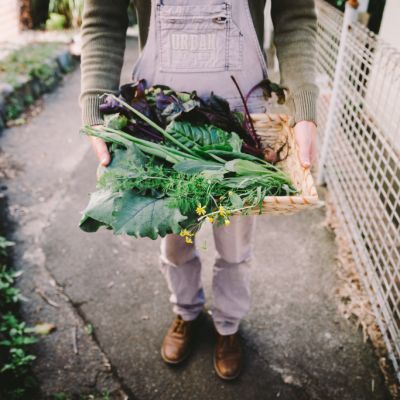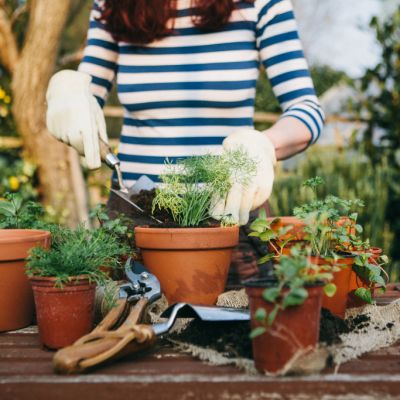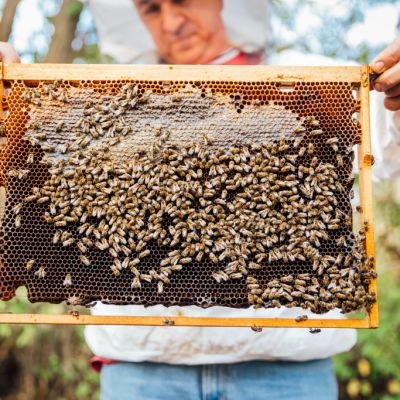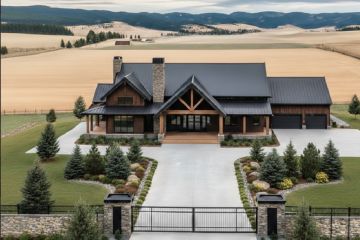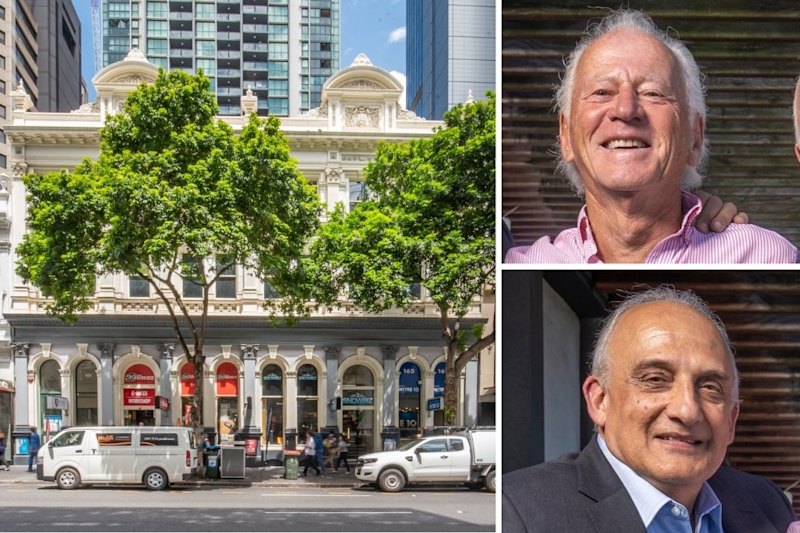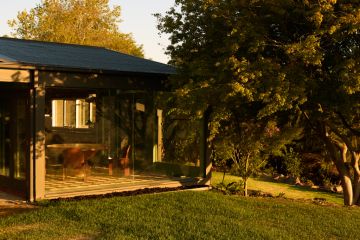A renter’s guide to growing your own food at home
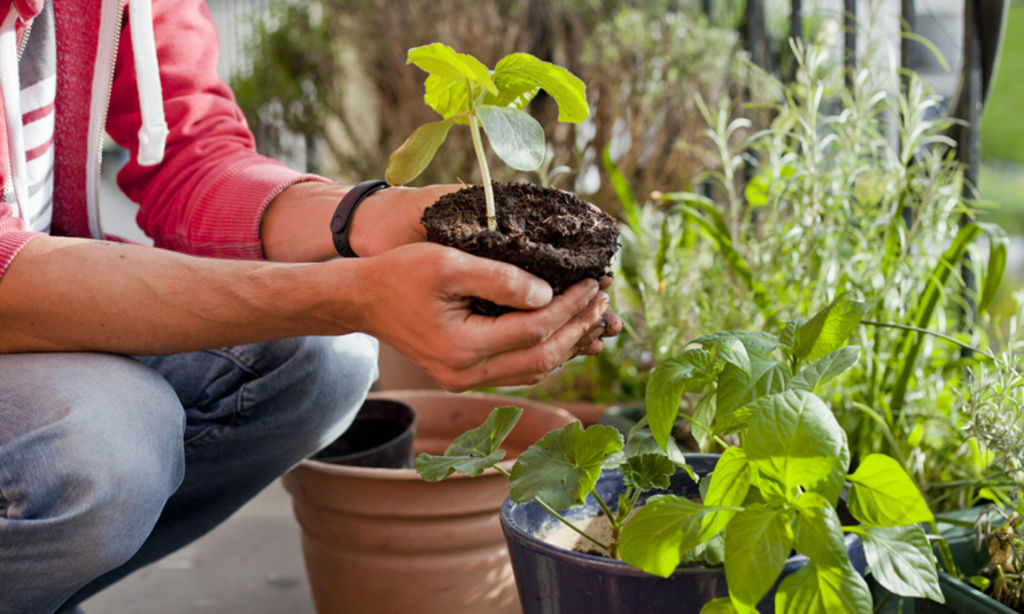
Brad Barber hasn’t let leasing hold back his vision of food self-sufficiency. After travelling for years, in December 2019 the retired permaculture enthusiast settled in a beach shack at Halls Head, south of Perth.
“It was just a blank canvas, totally bare,” he says. “When I moved in, I spoke to the landlord and he said, ‘go for your life’.”
The fact the previous tenant had stayed nine years was further reassurance for Barber to truck in soil and plant fruit trees.
Salvaging dumped construction materials, he spent little on garden structures. “It doesn’t have to cost money,” he says. “You can take cuttings.”
And when you consider that the latest national Survey of Income and Housing found almost a third (32 per cent) of all Aussies live in rental accommodation, Barber is proof that paying rent doesn’t mean you can’t create your own delicious edible garden.
He grows everything imaginable: veggies, bay leaves, garlic, berries, passionfruit, pears, mulberry, oranges, limes, almonds, peaches, olives and more.
“I won’t get any fruit for two years,” he says. “It’s a long-term plan. A lot of thought’s gone into it. Another year or two, it’s going to be fantastic. I’ve got bees and chooks. I’m going to have a crack at mead.

“I’ve got about 20 half-barrels all pumping food. You can grow everything in containers and take them with you.”
A curry garden including wasabi, ginger and cardamon feeds his fetish for curries. He also caters to his chickens by growing duckweed (in a pond), wormwood, lemon balm, amaranth and breeding soldier fly larvae.
“If I have to move, I have to move. I’ll just trust my fate and see what happens,” he says. “It’s a good life. I’m happier than I’ve ever been.”
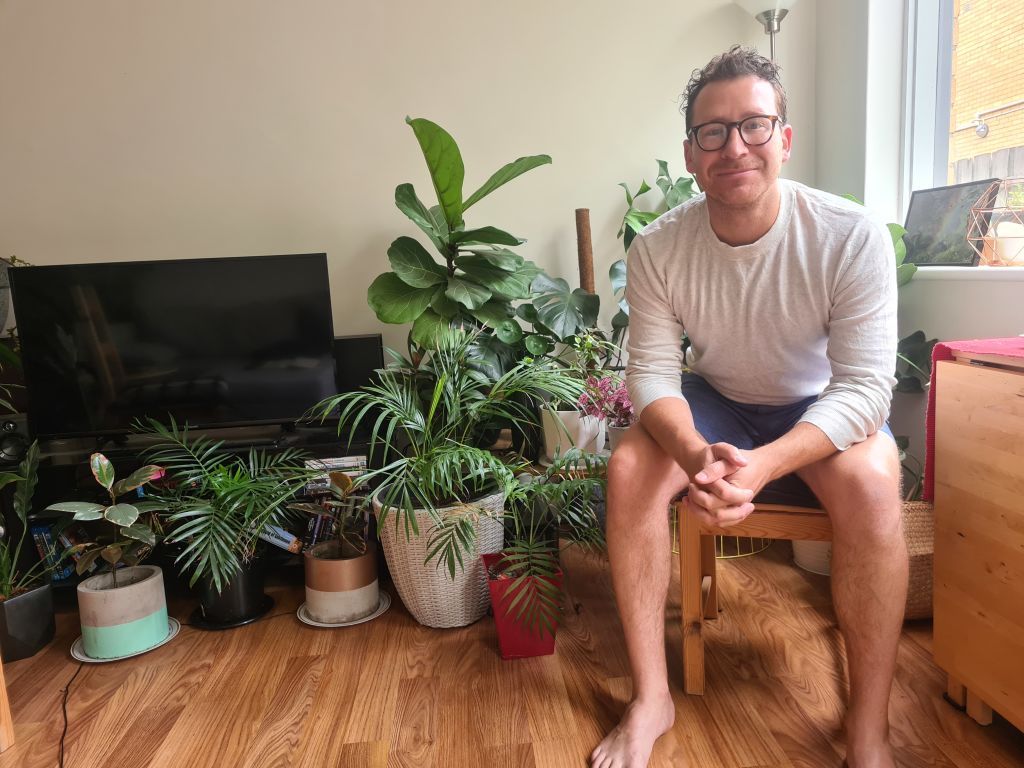
Others, like St Kilda resident Simon Dormer, manage to grow a variety of food from a rental unit.
Dormer, who works in sustainability and shares tips via his Instagram account, Captain Sustainability, grows lettuce, kale, cress, strawberries, tomatoes, broad beans, warrigal greens, Chinese cabbage, radishes, garlic and perennial leeks in containers in the courtyard of his ground-floor one-bedroom unit.
Along with being relocatable, container growing doesn’t impact the property, he says.
“I let the garden go to seed and do composting as well,” he says. “I try to re-grow things like lemongrass from ends to minimise food waste.”
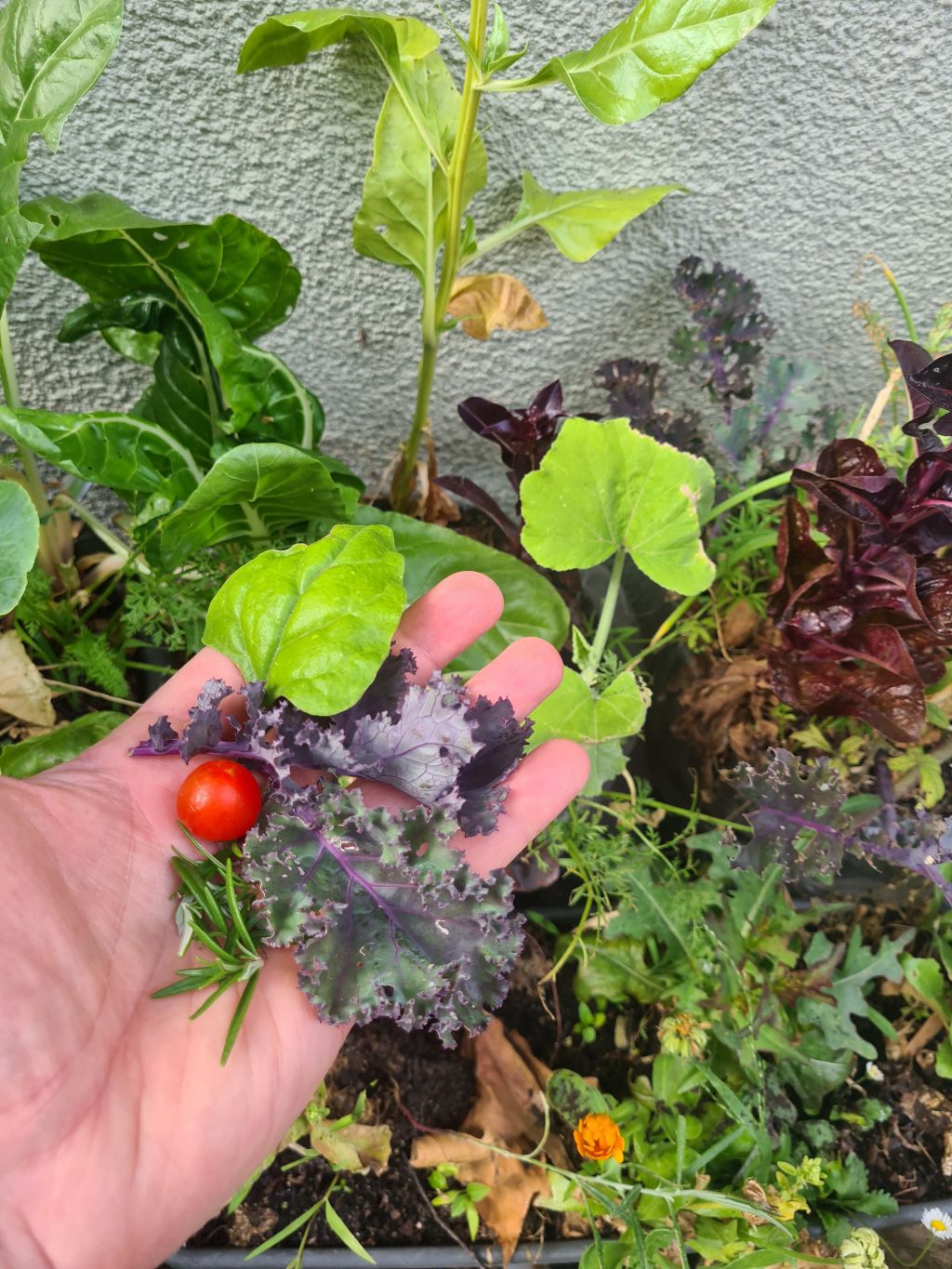
Lately, he’s been getting into edible weeds like onion weed, dandelions and chickweed “borrowed” from unsprayed nature strips and parks. “Weeds make use of space that a lot of other plants can’t and are incredibly resilient and nutritious,” he says.
Dormer has entertained thoughts of moving to the countryside but decided to prioritise staying near his social networks – critical during the COVID-19 pandemic.
“I love sustainability and practise resilience by trying to live a low-impact lifestyle. Container gardening keeps me connected to nature. It’s making the best of the situation you’re in,” he says.
Get growing
Hornsby renter Tara Mahoney has an established edible garden featured in the “virtual” 2020 Edible Garden Trail and documented on her Instagram account, @therentalgardener. She offers the following tips.
Speed things up
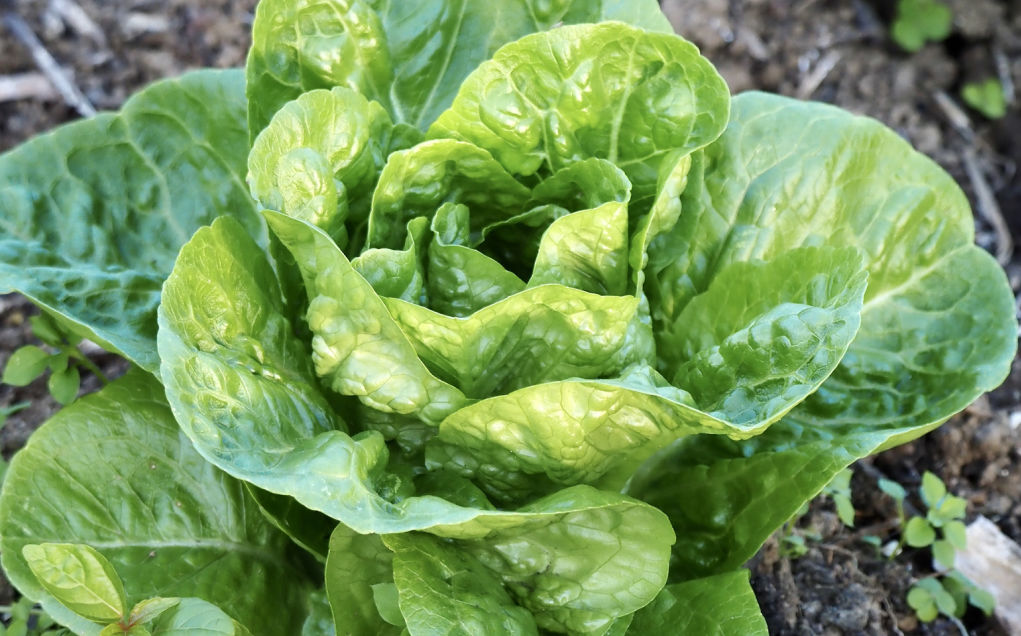
Prioritise quicker yielding foods like radish, lettuce and passionfruit. But grow things you enjoy eating.
Understand micro-climates
Discover the shady, frosty, windy, moist and sunny patches and plant appropriately.
Choose the right pot
Glazed ceramic pots are less porous to moisture loss than terracotta but heavier to move. A Mediterranean plant like oregano can go into terracotta but a lemon tree wouldn’t.
Beat the bugs
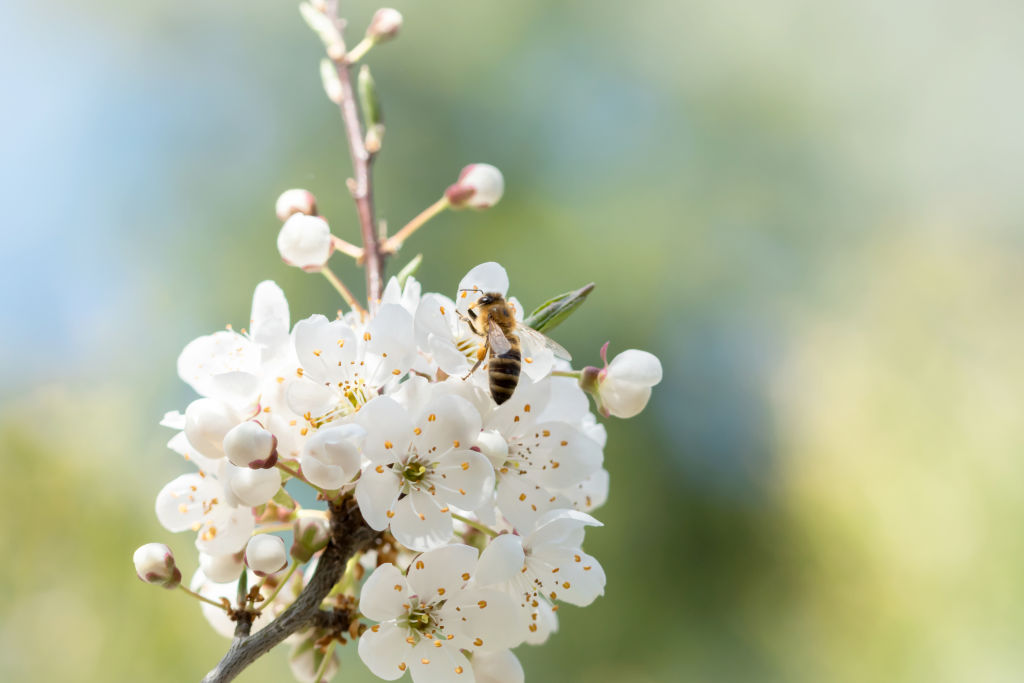
Bees and beneficial species pollinate food and keep predator bugs down. She recommends the flowers of borage and herbs like parsley, dill, basil and coriander.
Use grow bags
Grow or planter bags made of plastic, fabric or hessian are cheap and portable. Limited space? Vegepod’s Vegebag self-waters, but is a smaller size, so it’s perfect for studio apartment dwellers.
Nurture your container’s ecosystem
Each container is its own closed ecosystem so needs extra attention. Along with quality potting soil, compost, and soil aerators like coconut coir, use a regular tonic like seaweed solution. If the soil has grown disease, don’t replant in it.
Water regularly
Give containers a light water every day and big planters a deep water every few days. Direct water at the base of plant. Test soil moisture by pressing your finger down to knuckle level. Mulch using coconut coir, lucerne, pea straw or sugarcane mulch.
Consider mobile garden beds
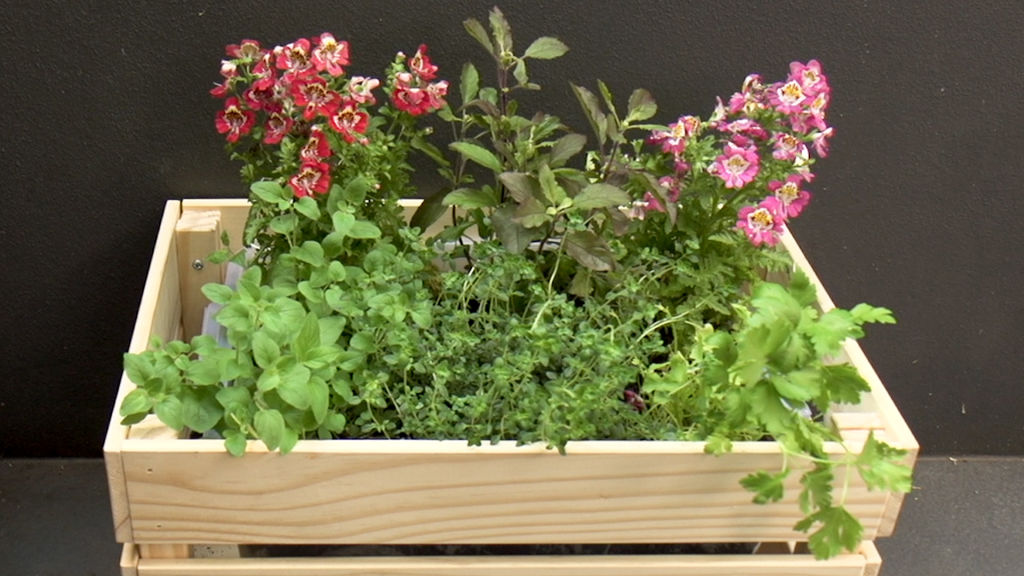
Use moveable pots or beds. Mahoney has constructed corrugated iron garden beds on top of pallets with moveable casters.
Go vertical
Many foods, including pumpkins, can be grown vertically. Mahoney has created her own vertical berry patch using multiple hanging planters.
Build a relationship with the landlord
If you’re planning anything that changes the property, get permission from the landlord. It’s about building trust. Use the space available to you while you’re the custodians of the land.
We recommend
We thought you might like
States
Capital Cities
Capital Cities - Rentals
Popular Areas
Allhomes
More
